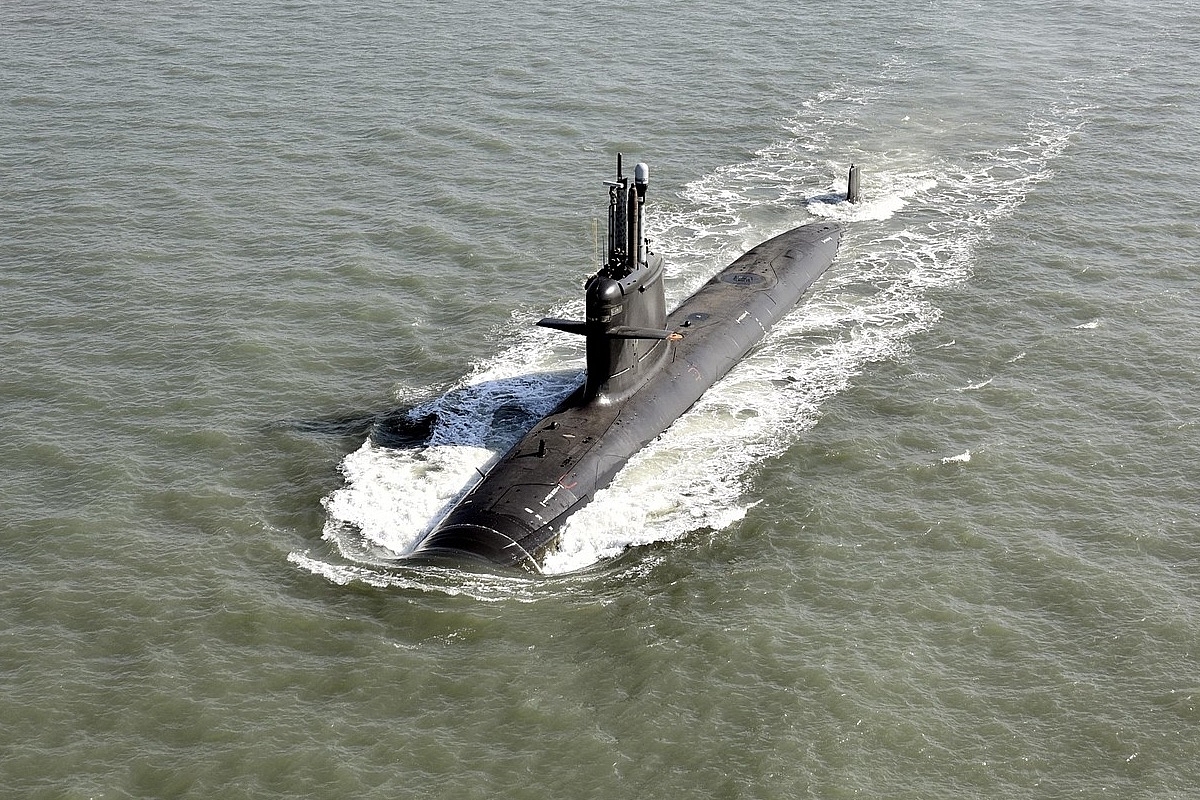News Brief
INS Vagir Enters Service, But Brings Only Temporary Relief For Navy As Decline In Submarine Numbers To Continue

INS Vagir, the fifth submarine under Scorpene project, during the sea trials. (Wikipedia).
INS Vagir, the fifth submarine of the Kalvari Class submarines, was commissioned into the Indian Navy on Monday (23 January), boosting the Navy’s depleting submarine strength, reported PTI.
Built by Mazagon Dock Shipbuilders Limited, in collaboration with the Naval Group of France, the Scorpene class was commissioned in a ceremony attended by Chief of Naval Staff Admiral R Hari Kumar.
“The submarine will boost the Indian Navy’s capability to further India’s maritime interests in deterring the enemy, and conducting Intelligence, Surveillance and Reconnaissance (ISR) to provide decisive blow in the times of crisis,” the Navy said.
‘Vagir’ means sand shark, which represents stealth and fearlessness, two qualities synonymous with the ethos of a submariner, the Navy added.
India had ordered six Scorpene-class boats in a deal worth $3 billion in 2005.
This deal has witnessed a delay of almost five years — the first submarine, the Kalvari, which was supposed to be commissioned in 2012 was commissioned only in 2017.
The induction of INS Vagir will plug the gap in the Indian Navy’s declining submarine fleet. It should be noted that most of the Indian Navy’s submarines are two-to-three decades old.
The Navy operates around 15 submarines, seven of which are Russian-made Kilo-class, four German-made U-209 submarines and five latest Kalvari-class submarines (the last one at trial stages).
These are not enough to look after an area of interest as large as the Indian Ocean, at a time when Pakistan is set to receive eight AIP-equipped Chinese submarines over the next few years.
Although there are rumors that the Navy might consider ordering additional scorpene submarines to arrest the declining submarine fleet, the induction of these boats will provide only temporary relief.
The numbers will begin to come down again, as the older submarines in service with the Navy currently, will start to retire in the later part of this decade or early next decade.
Moreover, Project-75I, the Navy’s next generation submarine program, has faced repeated delays and is unlikely to move forward anytime soon.
The Chinese, on the other hand, are building multiple warships and submarines every year.
The Chinese Navy has been flexing their muscles in the Indian Ocean Region (IOR) as well as the South China Sea. It's deployments in the Indian Ocean have increased over the last decade.
Introducing ElectionsHQ + 50 Ground Reports Project
The 2024 elections might seem easy to guess, but there are some important questions that shouldn't be missed.
Do freebies still sway voters? Do people prioritise infrastructure when voting? How will Punjab vote?
The answers to these questions provide great insights into where we, as a country, are headed in the years to come.
Swarajya is starting a project with an aim to do 50 solid ground stories and a smart commentary service on WhatsApp, a one-of-a-kind. We'd love your support during this election season.
Click below to contribute.
Latest